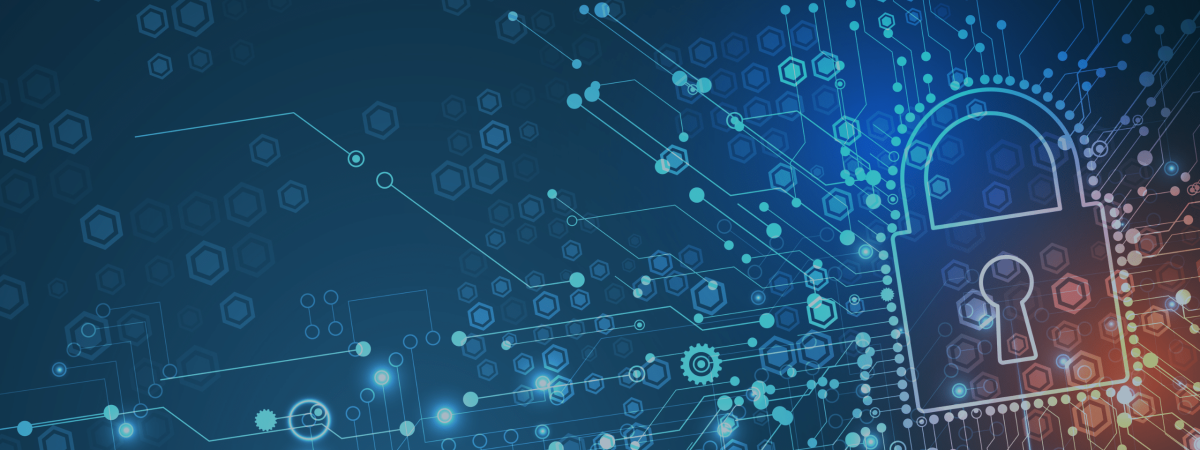In today’s digital era, cybersecurity has become of paramount concern for organisations across capital markets. The post-trade space and activities such as clearing, settlement, and custody of financial assets, is no exception. With the increasing reliance on technology and the growing sophistication of cybercriminals, organisations must address the rising threats and vulnerabilities associated with cybersecurity breaches.
The post-trade space is a critical part of the financial ecosystem, ensuring the smooth functioning and stability of markets. However, this reliance on technology and interconnectedness also makes it an attractive target for cybercriminals seeking to disrupt operations, steal valuable financial assets, or manipulate data for illicit gains. Failing to protect against these threats can lead to severe consequences, including financial loss, reputational damage, and regulatory non-compliance.
One of the primary challenges being faced is the evolving nature of these cyber threats. Hackers are constantly adapting their techniques, using sophisticated tactics such as ransomware, advanced persistent threats (APTs), and social engineering scams to exploit vulnerabilities and breach systems. This rapidly changing landscape requires organisations to stay proactive and continuously update their cybersecurity measures to stay ahead of any potential threats.
Another significant vulnerability is the interconnectedness of systems. Clearinghouses, custodian banks, and other market participants often rely on a network of interconnected platforms to facilitate the smooth flow of transactions. While this connectivity enhances efficiency and streamlines operations, it also creates potential entry points for cybercriminals. A breach in one system can quickly spread throughout the entire network, leading to widespread disruption and financial implications. To address these rising threats and vulnerabilities, organisations must prioritise cybersecurity as a key component of their risk management framework. This requires a multi-layered approach that encompasses both technical solutions and human factors.
Technical solutions include implementing robust firewalls, intrusion detection systems, and encryption protocols to protect sensitive data from unauthorised access. Regular system audits and vulnerability assessments should also be conducted to identify and remediate any weaknesses. Additionally, deploying cutting-edge technologies such as artificial intelligence (AI) and machine learning can enhance threat detection and response capabilities.
However, it’s equally critical to acknowledge the role of human factors in cybersecurity breaches. Employees must be educated about the risks associated with cyber threats and provided with training on best practices, such as strong password management and recognising phishing attempts. Regular awareness campaigns can help reinforce the importance of cybersecurity and promote a culture of vigilance within the organisation.
Collaboration is also vital in addressing these challenges. Market participants, regulatory bodies, and industry associations should work together to share information, best practices, and threat intelligence. This collaborative approach can help identify emerging threats and develop standardised cybersecurity protocols that can be adopted across the ecosystem.
Furthermore, regulatory bodies need to stay ahead of the curve by continually updating regulations and requirements related to cybersecurity. This includes mandating organisations to adopt robust cybersecurity frameworks, conducting regular audits, and enforcing penalties for non-compliance. Strong regulatory oversight can provide a clear framework for organisations to follow and incentivise the adoption of cybersecurity best practices.
In conclusion, the rising threats and vulnerabilities associated with cybersecurity breaches in the post-trade space require organisations to be proactive and adopt a holistic approach to cybersecurity. By combining technical solutions, training employees, fostering collaboration, and encouraging robust regulations, organisations can effectively mitigate risks and ensure the security and stability of post-trade operations. In an increasingly interconnected digital world, cybersecurity must remain a top priority for the post-trade industry to safeguard financial assets and maintain the trust of stakeholders.


